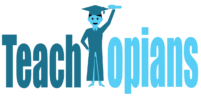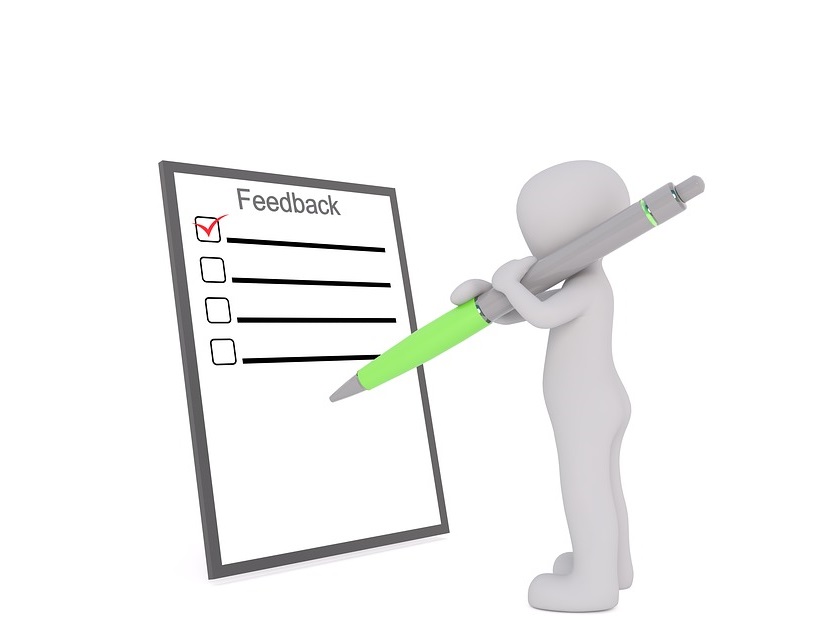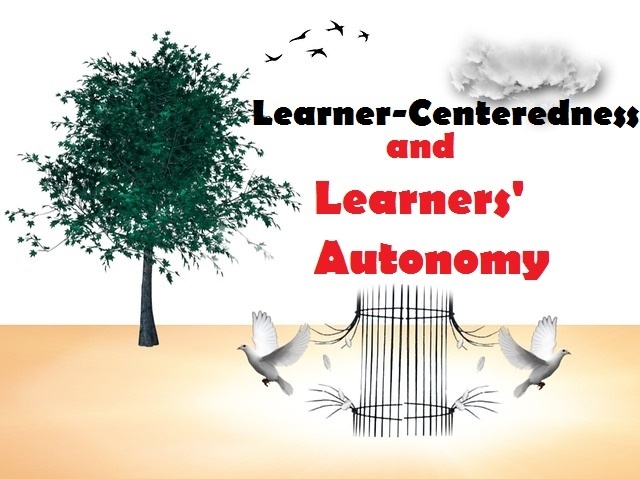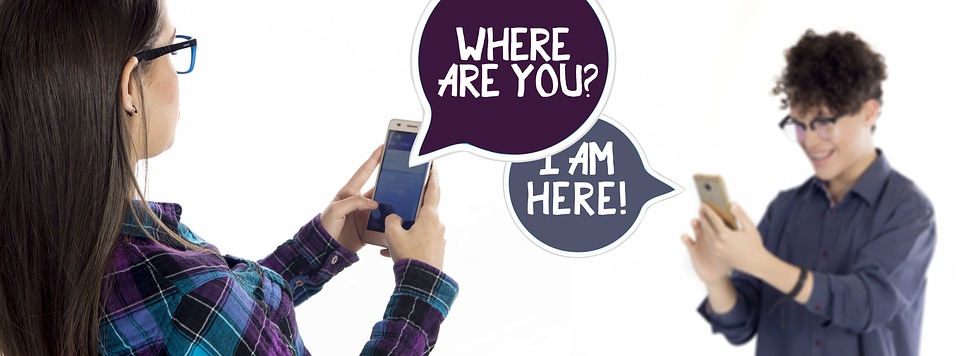Feedback is a daily practice
As noted earlier, feedback is an essential part of formative assessment practice, instruction, and everyday life, but who is the best person to provide feedback? The teacher? The classmates? The students themselves?
Yes, all the above.
People in different relationships with the student provide different types of feedback. Each from a different perspective and all are helpful.
Earlier, we covered feedback from the teacher, and in this post, we are going to focus on self-and peer assessment and feedback associated with it.
Sitting up the environment for giving feedback
One of the key requirements for anyone to provide effective feedback is to set up the classroom environment that is collaborative and in which these students feel safe to both give and receive feedback the environment.
It is important to ask these questions:
- Are the students engaged?
- Do you as a teacher tries to connect with the students’ interests?
- Are students comfortable asking questions or are they afraid to raise their hands?
- Are praising intelligence or recognizing effort and persistence?
When teachers provide feedback, it is often a one-way street from teacher to student.
Some students take the feedback well. Others, become defensive and don’t listen. The same is true with peer and self-assessment.
Although some students may take feedback from a teacher without a problem these same students may not take feedback well from peers at all. You may find that you need to coach students delivering feedback and accepting other points of view, regardless of the source and whether they agree with a feedback provider or not.
Additionally, self-feedback is another skill in which students will most likely need some additional coaching. Some students will be harder on themselves than anyone else could ever be and others might think that self-feedback means an easy “A”.
It is difficult to be able to accurately judge one’s success and efforts. This skill will help students not only in your classroom but outside the classroom walls also.
Teachers can also use self-and peer assessment
Giving and receiving feedback from a variety of sources takes practice as the teacher, you may need to provide explicit instruction tools and techniques on peer- and self-assessment.
Don’t forget that all the feedback from self-and peer-assessment is to help students meet the established success criteria.
You’ll probably need to remind your students about this and also remind them about keeping the mindset and environment focused on growth for all. You also need to provide many opportunities for the students to practice evaluating their own thinking in the thinking of others.
Along with this evaluation, students must be encouraged to think about why they and others think the way they do. Eventually, it’ll become a part of everyday classroom practice for the teachers and students.
When students provide and receive feedback inappropriate ways, you will be surprised at the change in your classroom; especially in terms of creating every respectful climate and culture, and not only will you see this in your classroom, but throughout the entire school.
Catch us on Facebook and share this post with others.







